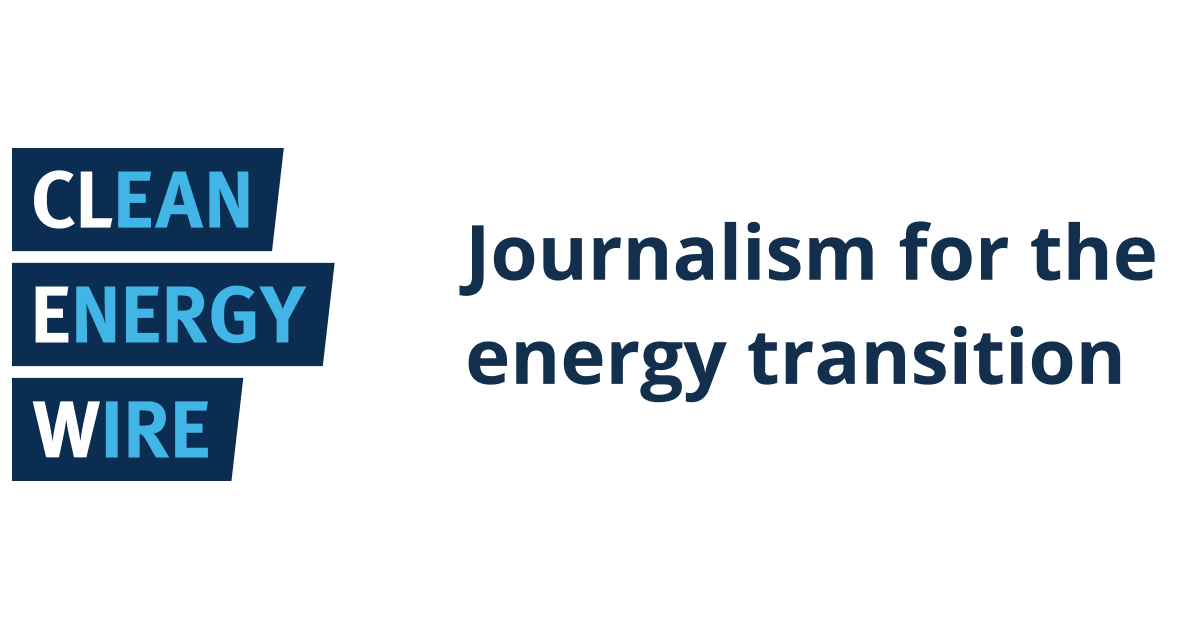The CAF, and the RCAF in particular, need to accept that CAF FF are really just an expensive, but necessary, insurance policy. I have had FF work for me on two different Wings, and in Alert. What they can provide in an emergency is a critical requirement. There is no argument there. They are a relatively small trade (although are at about 103% PML currently), spread across too many Wings, and therefore deployments add up quickly, but no more than several other Construction Engineering trades.
However, take all the complaining about not getting equal pay, getting screwed on leave, etc, etc with a grain of salt. While they have equivalent, and in most cases, because they are also airfield qualified, higher training levels than local fire halls, that is where the comparisons end. Their call volume is a fraction of most full time firehalls, and they respond to real fires an even smaller fraction than that. Most calls on Wings are either for false alarms, or responding as first responders/paramedics.
And don't get me started on DND FF. Except for those filling inspector roles, and policy positions, they are overpaid for the actual amount of work they have to do, and calls they need to respond to. And they are constantly tainting uniformed FFs with how they are being screwed, right out of the schoolhouse.












